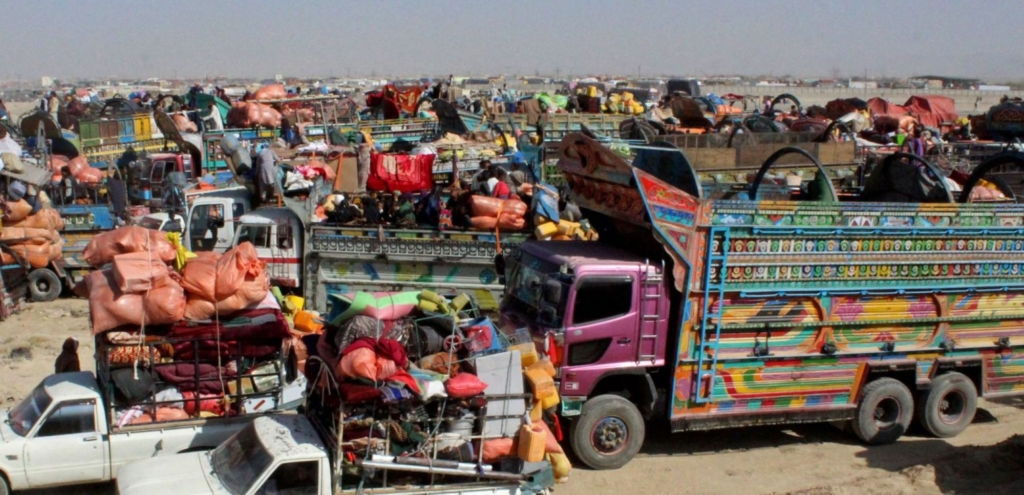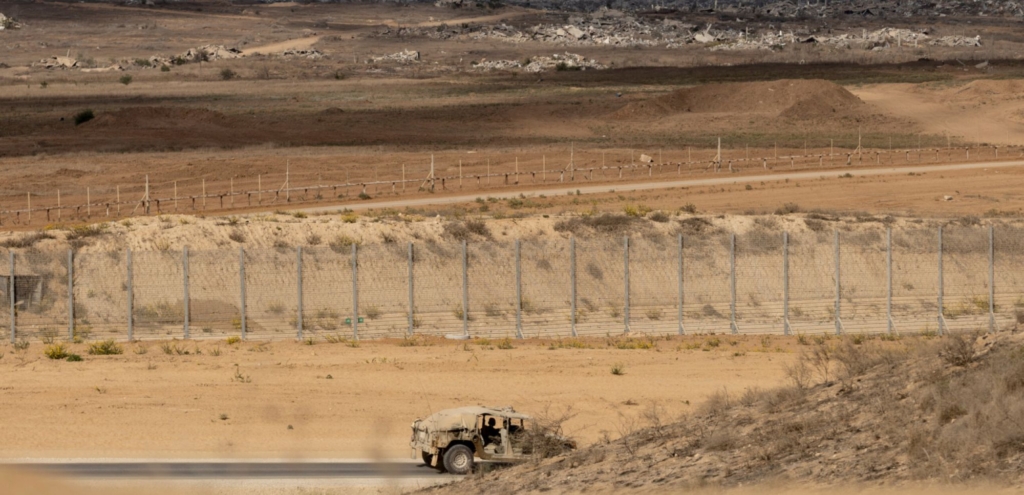A hunger strike by three Inuit land defenders – Billy Gauthier, Jerry Kohlmeister and Delilah Saunders – is a powerful symbol of the tragic choices that will face Inuit hunters and fishers if planned flooding for the Muskrat Falls dam goes ahead.
Flooding will release deadly methylmercury into the water system where it will accumulate in the fish, seals, duck eggs and other wild food that are central to the diet of Inuit people living around the downstream Lake Melville Estuary.
The provincial government plans to monitor the fish and issue warnings when the mercury levels become unsafe.
A government MP summed it up this approach in a facebook post: “Just measure MeHg [methylmercury] levels, eat less fish.”
What this approach means for Inuit families is an impossible choice between abandoning the food that sustains them and their culture, or risking the devastating impacts of mercury poisoning.
“I come from a very large family that couldn’t get by without country food,” Delilah Saunders explained.
The environmental assessment of the Muskrat Falls project recommended that the province study the potential to reduce the amount of methyl mercury created by flooding by first clearing all the soil and vegetation in the floodzone to drastically reduce the amount of methyl mercury that would be released. The province never undertood such a study but an independent expert study by scientists at Harvard University subsequently confirmed that full clearing of vegetation was necessary to prevent a grave health risk.
In response to growing protests calling to #MakeMuskratRight, the province has announced another half measure: it has said that it will ensure that the trees are cut, and the issue of soil removal is considered – but only after an initial phase of flooding goes ahead, affect approximately one-quarter of the planned reservoir.
The federal government, which is responsible both for fisheries permits for the dam, and for loan guarantees necessary for its construction, has remained conspicuously silent.
For more than a decade, Amnesty International has worked alongside the people of Grassy Narrows, an Ontario First Nation whose waters were contaminated with methylmercury in the 1960s. We have seen the devastating consequences for their economy and way of life and the terrible toll of mercury poisoning on generation after generation. We have also seen how government assurances that the poison would go away have repeatedly been proven false.
The question then is why any government would inflict such suffering on anyIndigenous community when it has the means to prevent it?
Video message
Background























